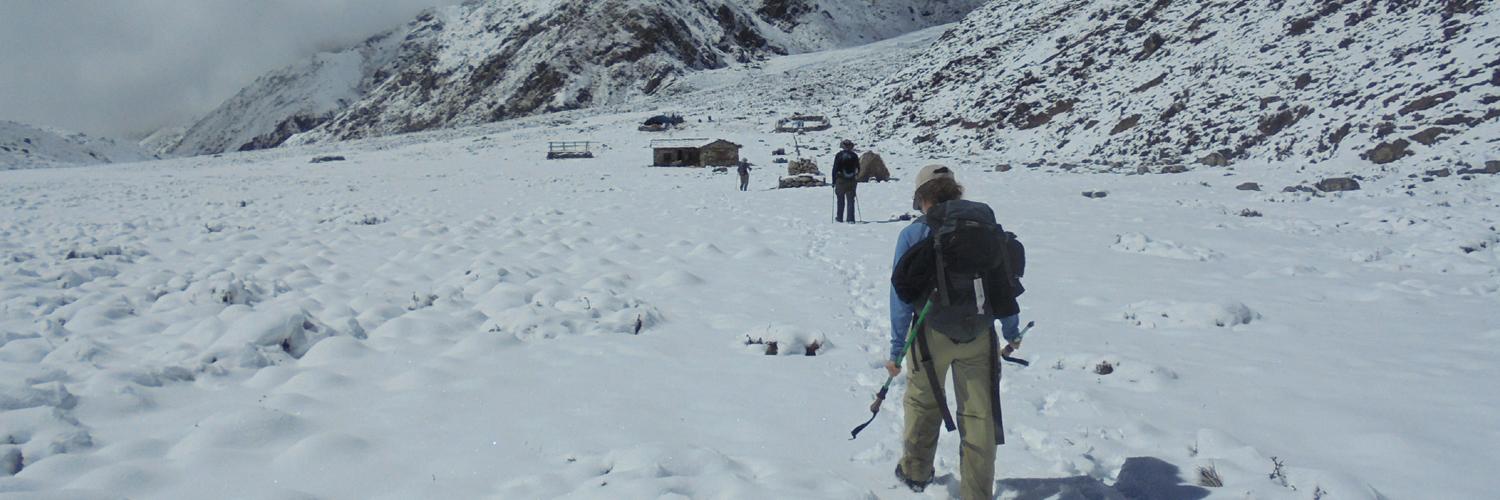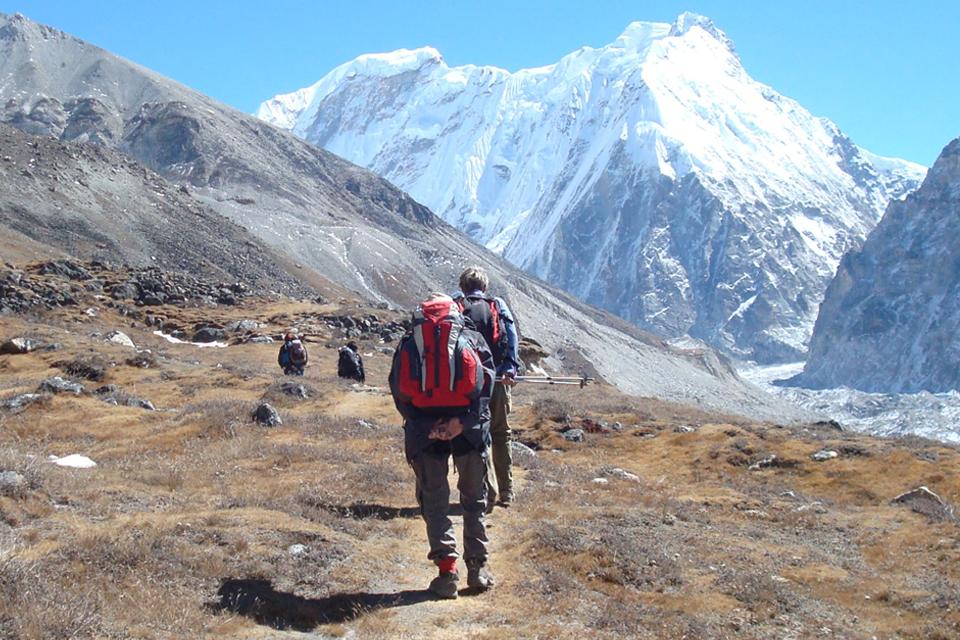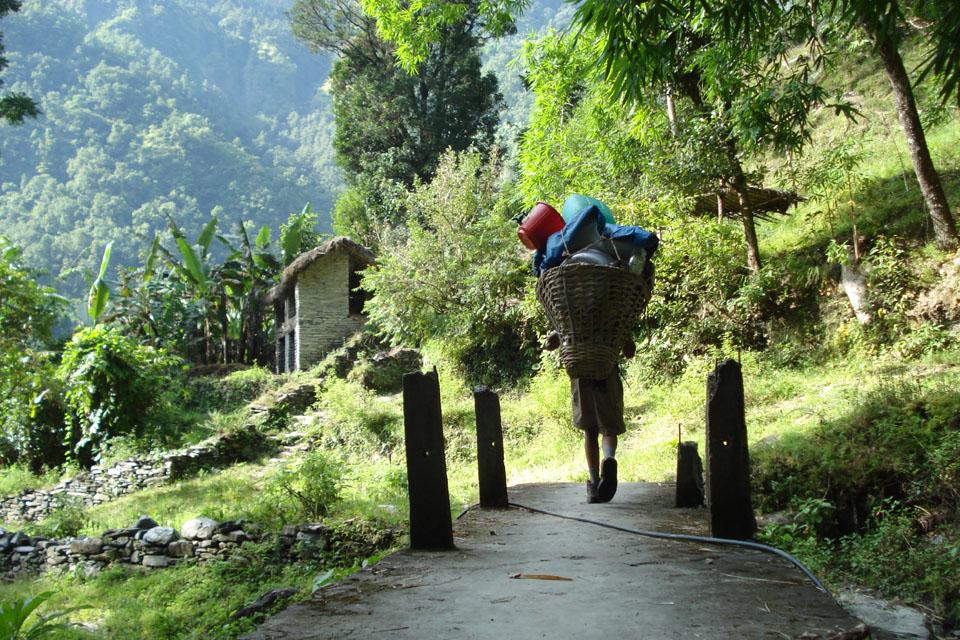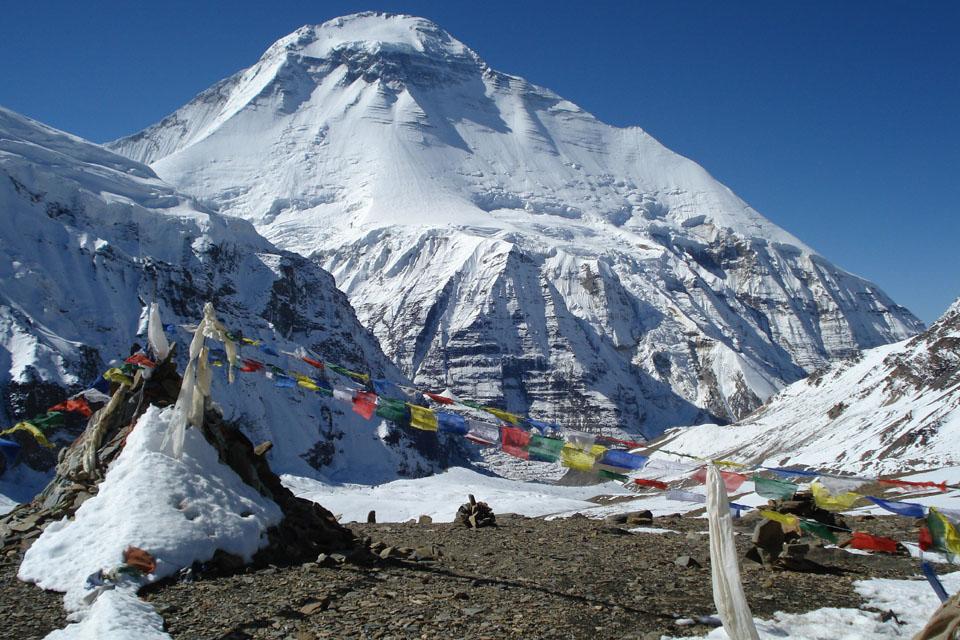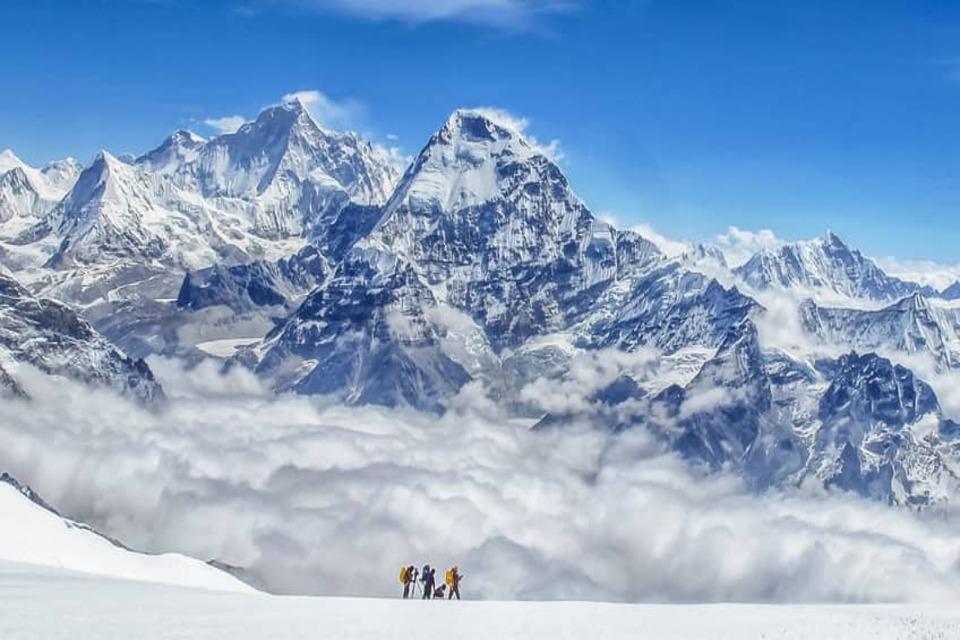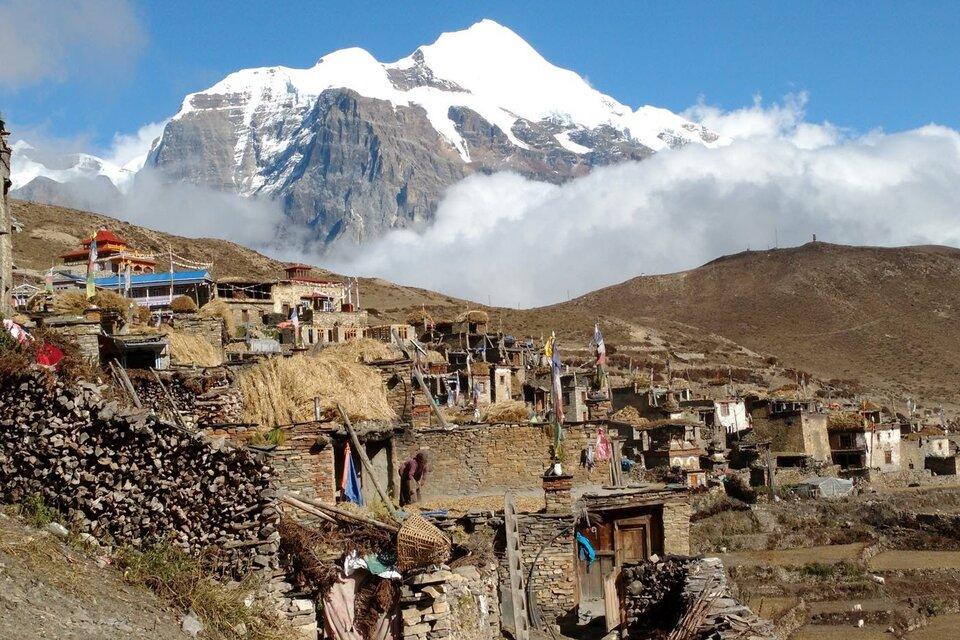Trekking off-the-beaten-paths in Nepal is hiking in the remotest parts of Nepal providing a unique and adventurous trekking experience in the Himalayas. These remote treks offer a true trekking adventure where most of the time camping trek is organized since no lodging facilities are available on the trails.
Several remote treks can be done in Nepal in regions like Kanchenjunga, Makalu, Dhaulagiri or Nar Phu Valley. Most of these regions require special permits to trek and a team of good supporting staff like an experienced trek guide, porters, kitchen helper with a fully organized camping trek.
The easternmost part of Nepal is where off-the-beaten-path areas are located with popular treks like Kanchenjunga Base Camp Trek, Dhaulagiri Base Camp Trek, Makalu Base Camp Trek, Nar Phu Valley Trekking. These treks offer the most stunning Himalayan views not seen elsewhere and rich biodiversity.
Trekking the off-the-beaten-path in Nepal
Off-the-beaten-path treks in Nepal offer witnessing the untouched beauty, visiting the secluded locations where the trails are less crowded and trekking, a totally different experience. Off-the-beaten-path treks are what real trekking is, where night stays will usually be in tented camps since lodging facilities may not be available in most of the off-the-beaten trails in Nepal.
Where is it?
Several off-the-beaten-path trails exist in Nepal. They are the regions in far-western Nepal like Dolpo, and in eastern Nepal like the Kanchenjunga region, Makalu Region, Rara Lake or Dhaulagiri region. Trekking in these regions will take you to remote villages, dense forests, and high mountain passes. People in these regions are mostly influenced by Buddhist culture and traditions. Off-the-beaten trails are relatively untouched by tourism.
How to get there?
To get to these regions, you can either fly or take an overland drive. Some regions have only the driving option to get to their trek-start-point since no airstrip are located in these remote lands. Others will require flying from Kathmandu to one destination, then taking another flight to get to the trek-start-point.
When to go?
Several factors depend for trekking the off-the-beaten-path treks in Nepal like weather, trail conditions, flights. The ideal time to go is spring (March to May) and the autumn (September to November).
Spring offers mild temperatures with clear skies, and blooming rhododendrons. As the snow melts at high elevations it will be easy to navigate high passes and trails will become accessible. Trekker can witness lush landscapes, vibrant flora, and diverse wildlife.
In autumn, the weather is generally stable with clear skies, mild temperatures, and excellent visibility, offering good mountain views. There is minimal risk of monsoon rains or snowfall, making trekking enjoyable.
Trek Permit
Trekking permits depends on the region you are visiting, such as Dhaulagiri region, which requires only ACAP Annapurna Conservation Area Permit and TIMS Card (Trekkers' Information Management System). Trekking in the Kanchenjunga region will require a special permit including Kanchenjunga conservation entry fee and Trekkers’ Information Management System Card. Visiting the Nar Phu region will also require a special permit plus Permits for Annapurna Conservation Area, TIMS (Trekkers' Information Management System). Though trekking to the Makalu Base Camp will only require Makalu Barun National Park permit and TIMS (Trekkers' Information Management System)
Altitude Sickness
Off-the-beaten-path treks go over 5,000 meters so risk of altitude sickness can occur. To avoid altitude sickness you need to drink plenty of fluids and not dehydrate yourself. Walk slowly and steadily as you begin to gain altitude each day. Rest properly during the acclimatization days. Avoiding alcoholic beverages is recommended during the trek since alcohol will drain your body which may result in a risk of altitude sickness.
Accommodations
Accommodations on the off-the-beaten-path in Nepal are usually basic and at some regions, the only option is a camping trek since no lodges are available on the trail. Even if lodges are available, the facilities will be limited in the higher altitudes since all the things need to carried out from the lower elevations. Though a basic lodging facility, there will be rooms with two beds, blankets though restrooms are often shared and outside.

